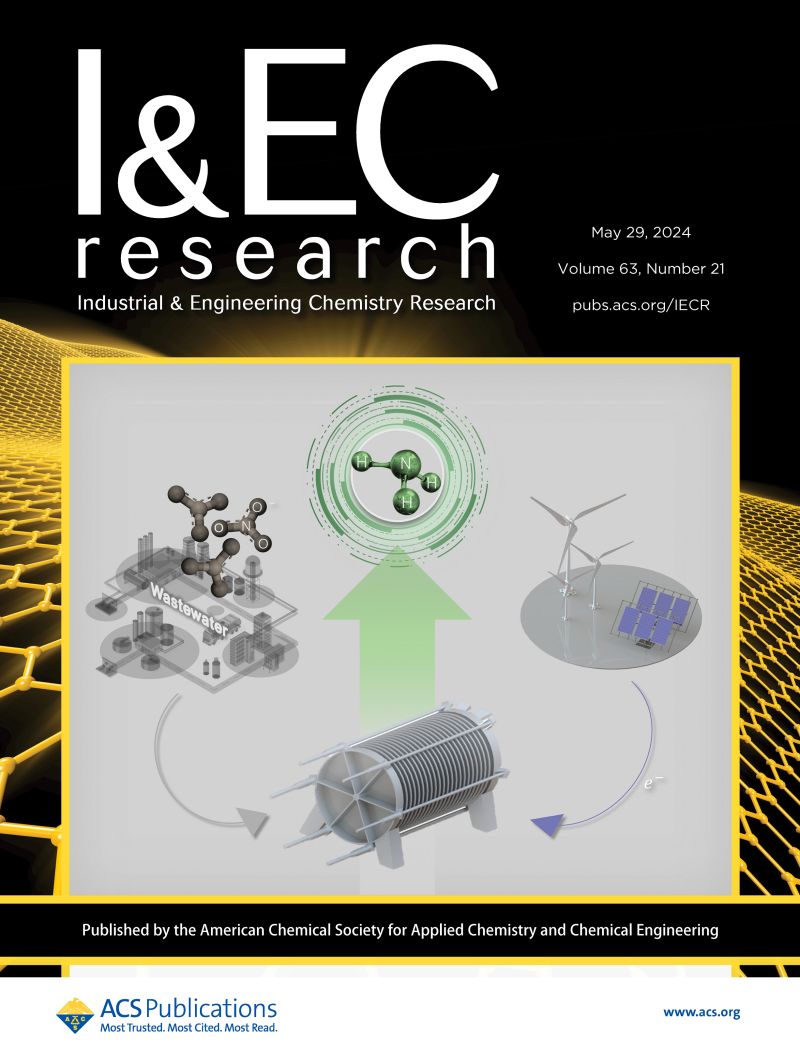Leveraging Machine Learning for Heat Transfer Coefficient Estimation in Gas–Liquid and Gas–Liquid–Solid Bubble Columns
IF 3.8
3区 工程技术
Q2 ENGINEERING, CHEMICAL
引用次数: 0
Abstract
For a precise design of the bubble column, it is crucial to accurately estimate design parameters, such as heat and mass transfer coefficient. The heat transfer coefficient in the bubble column or slurry bubble column can be calculated by empirical or semiempirical correlations. These correlations fail to correlate the multidimensional nature of the data and lack generalization, whereas machine learning (ML) models have the advantage of doing the same. Most of the correlations in the existing literature are for gas–liquid bubble columns. In the present study, a regressive ML model for the estimation of the heat transfer coefficient for gas–liquid as well as gas–liquid–solid bubble columns was developed on published experimental data. Three different ML methods, artificial neural networks (ANN), random forest (RF), and support vector regression (SVR), were used to train the data set. Models were trained on the data set with individual parameters and dimensionless numbers. The data set consists of 962 data points with individual features such as column diameter, height of clear liquid, sparger type, sparger hole diameter, % free area, pressure, temperature, superficial gas and liquid velocity, gas density, mixture density, viscosity, specific heat capacity and thermal conductivity, surface tension, particle diameter, and heat transfer measurement location. The present study shows that SVR trained on dimensionless numbers performed better than SVR, RF, and ANN trained on individual parameters and RF and ANN trained on dimensionless numbers. The overall mean absolute percentage error (MAPE), R2, and number of outliers for the SVR model were 8.42%, 0.983, and 85 outliers out of 962 data points, respectively. The SVR model trained with dimensionless numbers could predict the effects of pressure and particle concentration.

求助全文
约1分钟内获得全文
求助全文
来源期刊

Industrial & Engineering Chemistry Research
工程技术-工程:化工
CiteScore
7.40
自引率
7.10%
发文量
1467
审稿时长
2.8 months
期刊介绍:
ndustrial & Engineering Chemistry, with variations in title and format, has been published since 1909 by the American Chemical Society. Industrial & Engineering Chemistry Research is a weekly publication that reports industrial and academic research in the broad fields of applied chemistry and chemical engineering with special focus on fundamentals, processes, and products.
 求助内容:
求助内容: 应助结果提醒方式:
应助结果提醒方式:


